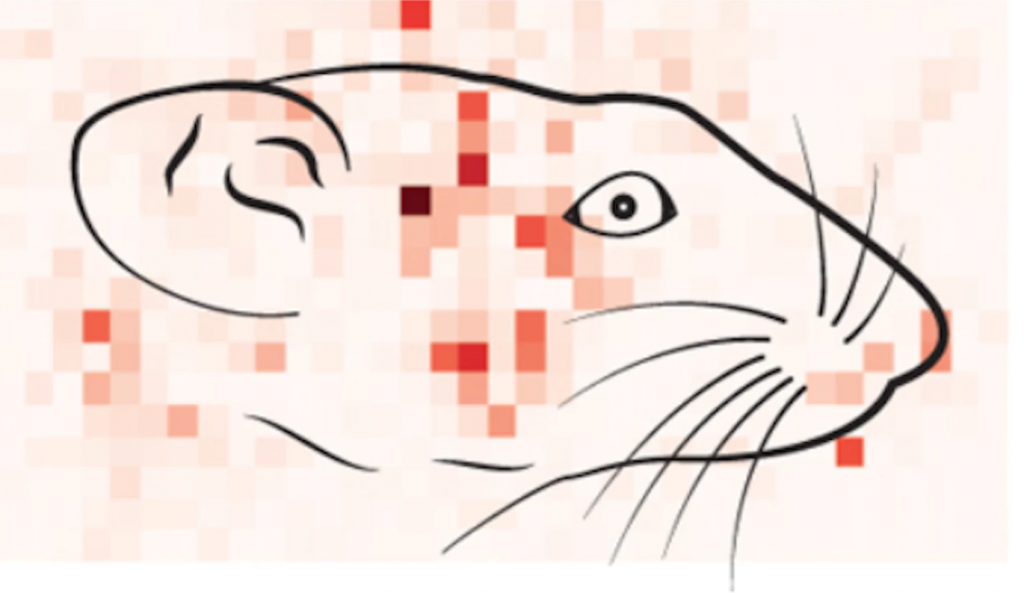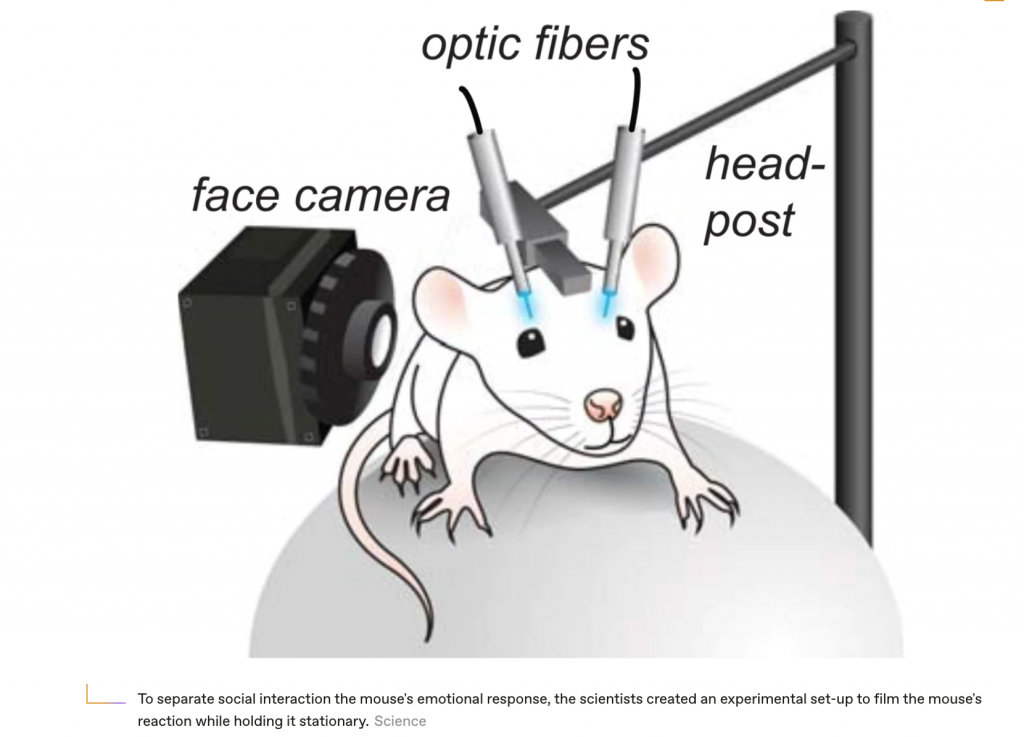
Researchers use AI to track facial expressions on mice.
Humans May Be Next in Tracking Emotional Reactions to Stimuli
Have you ever wondered where your emotions actually come from? Are they part of a chemical reaction to a stimulus, or are they actually connected to your heart and brain? An article from inverse.com by Sarah Welles provides insight to how mice react to stimuli through a fairly simple algorithm.
In the study, published in the journal Science, the authors demonstrated how mice respond to different sensory stimuli. To see a range of emotional responses, the team exposed the mice to stimuli such as sweet and bitter tastes and painful tail shocks. They recorded facial expressions that showed pleasure, disgust and fear to these “emotional events.”
While human observation of these differences can be tedious and subjective, machine learning provides an objective means of classifying the events, according to Nadine Gogolla, co-author and researcher at the Max Planck Institute of Neurobiology.
Predictions Score 90 Percent Accuracy
Feeding the computer vision algorithm a video feed from the emotional events, the researchers found that the mice in their experiment reacted similarly to the different stimuli. During a scary event, they would lower their ears. These reactions became the norm, and were eventually so stereotyped that the algorithm was able to predict with 90 percent accuracy what emotional event the mouse had experienced based only on the facial reaction they made.
“We demonstrated that we really now have a precise and also a dynamic way of reading out and measuring emotional states,” says Gogolla. “Because if this is truly the case then we should be able to find neuronal correlates to those [emotional states] — and we did. If they were just more or less a feature of the machine vision, which has nothing to do with the true emotional experience, then it would be very hard to argue that we can find neural correlates in the brain.”
The researchers had to ask themselves if that was the emotion being felt by the mouse or if it was a mere reaction to stimuli.
“Using their computer vision algorithm they found that the mice’s reactions scaled with the strength of the stimulus, suggesting that it was more than merely a knee-jerk reaction.”
read more at inverse.com








Leave A Comment